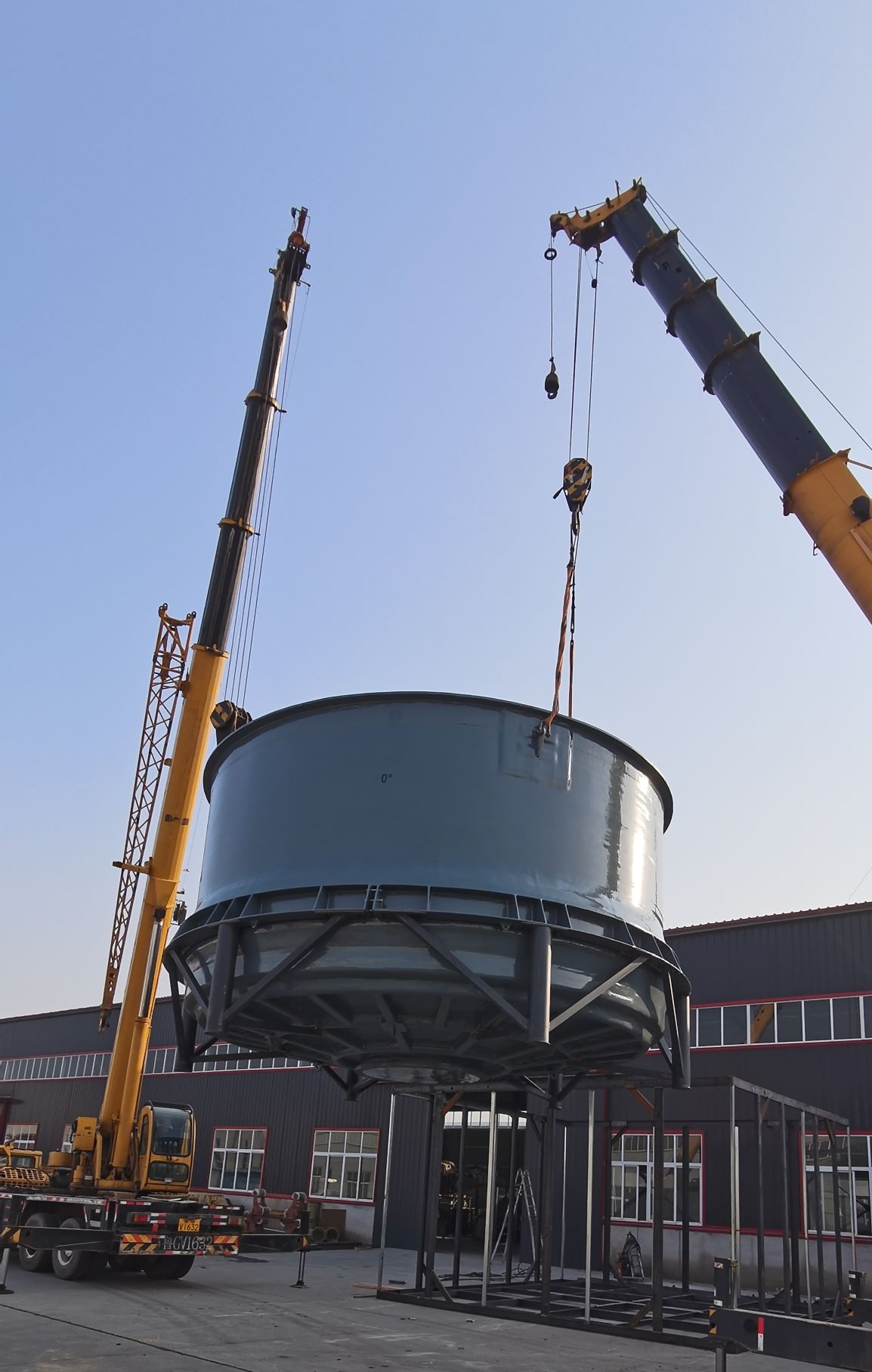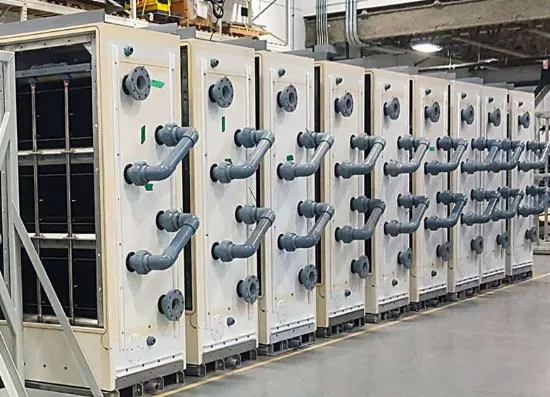
-
 Afrikaans
Afrikaans -
 Albanian
Albanian -
 Amharic
Amharic -
 Arabic
Arabic -
 Armenian
Armenian -
 Azerbaijani
Azerbaijani -
 Basque
Basque -
 Belarusian
Belarusian -
 Bengali
Bengali -
 Bosnian
Bosnian -
 Bulgarian
Bulgarian -
 Catalan
Catalan -
 Cebuano
Cebuano -
 China
China -
 China (Taiwan)
China (Taiwan) -
 Corsican
Corsican -
 Croatian
Croatian -
 Czech
Czech -
 Danish
Danish -
 Dutch
Dutch -
 English
English -
 Esperanto
Esperanto -
 Estonian
Estonian -
 Finnish
Finnish -
 French
French -
 Frisian
Frisian -
 Galician
Galician -
 Georgian
Georgian -
 German
German -
 Greek
Greek -
 Gujarati
Gujarati -
 Haitian Creole
Haitian Creole -
 hausa
hausa -
 hawaiian
hawaiian -
 Hebrew
Hebrew -
 Hindi
Hindi -
 Miao
Miao -
 Hungarian
Hungarian -
 Icelandic
Icelandic -
 igbo
igbo -
 Indonesian
Indonesian -
 irish
irish -
 Italian
Italian -
 Japanese
Japanese -
 Javanese
Javanese -
 Kannada
Kannada -
 kazakh
kazakh -
 Khmer
Khmer -
 Rwandese
Rwandese -
 Korean
Korean -
 Kurdish
Kurdish -
 Kyrgyz
Kyrgyz -
 Lao
Lao -
 Latin
Latin -
 Latvian
Latvian -
 Lithuanian
Lithuanian -
 Luxembourgish
Luxembourgish -
 Macedonian
Macedonian -
 Malgashi
Malgashi -
 Malay
Malay -
 Malayalam
Malayalam -
 Maltese
Maltese -
 Maori
Maori -
 Marathi
Marathi -
 Mongolian
Mongolian -
 Myanmar
Myanmar -
 Nepali
Nepali -
 Norwegian
Norwegian -
 Norwegian
Norwegian -
 Occitan
Occitan -
 Pashto
Pashto -
 Persian
Persian -
 Polish
Polish -
 Portuguese
Portuguese -
 Punjabi
Punjabi -
 Romanian
Romanian -
 Russian
Russian -
 Samoan
Samoan -
 Scottish Gaelic
Scottish Gaelic -
 Serbian
Serbian -
 Sesotho
Sesotho -
 Shona
Shona -
 Sindhi
Sindhi -
 Sinhala
Sinhala -
 Slovak
Slovak -
 Slovenian
Slovenian -
 Somali
Somali -
 Spanish
Spanish -
 Sundanese
Sundanese -
 Swahili
Swahili -
 Swedish
Swedish -
 Tagalog
Tagalog -
 Tajik
Tajik -
 Tamil
Tamil -
 Tatar
Tatar -
 Telugu
Telugu -
 Thai
Thai -
 Turkish
Turkish -
 Turkmen
Turkmen -
 Ukrainian
Ukrainian -
 Urdu
Urdu -
 Uighur
Uighur -
 Uzbek
Uzbek -
 Vietnamese
Vietnamese -
 Welsh
Welsh -
 Bantu
Bantu -
 Yiddish
Yiddish -
 Yoruba
Yoruba -
 Zulu
Zulu
Jan . 09, 2025 13:55
Back to list
Mandrels and Molds
In the ever-evolving world of infrastructure and engineering materials, fiber-reinforced plastic (FRP) covers have emerged as a game-changer. Their unique blend of durability, lightweight construction, and versatility makes them indispensable across a variety of industries, from wastewater management to telecommunications. The use of FRP covers represents not just a technological advancement but a strategic move toward sustainability and longevity, and firsthand experiences underscore their value.
Furthermore, from an environmental perspective, FRP materials contribute to sustainable practices. Their long lifespan and reduced need for replacement mean less consumption of resources over time. In an era where carbon footprints are under scrutiny, FRP covers offer an eco-friendlier alternative that aligns with global sustainability goals. Trust in these materials is also established through rigorous testing and certification processes, which ensure they meet high safety and environmental standards. Trust, an essential component of any business transaction or project implementation, is consistently reinforced through the performance of FRP covers. Over the years, clients have consistently expressed satisfaction and reliability in outcomes, often leading to repeat engagements and referrals. The continuous advancements in FRP technology further bolster its authoritative standing on a global scale, with ongoing research and development pushing the boundaries of what these materials can achieve. In conclusion, the strategic integration of FRP covers into various industrial applications is a testament to their superior performance, adaptability, and sustainability. These assets not only optimize operations but also inspire confidence based on proven expertise and reliability. In a dynamic world where material selection is critical to success, FRP covers undoubtedly stand out as a leading solution.


Furthermore, from an environmental perspective, FRP materials contribute to sustainable practices. Their long lifespan and reduced need for replacement mean less consumption of resources over time. In an era where carbon footprints are under scrutiny, FRP covers offer an eco-friendlier alternative that aligns with global sustainability goals. Trust in these materials is also established through rigorous testing and certification processes, which ensure they meet high safety and environmental standards. Trust, an essential component of any business transaction or project implementation, is consistently reinforced through the performance of FRP covers. Over the years, clients have consistently expressed satisfaction and reliability in outcomes, often leading to repeat engagements and referrals. The continuous advancements in FRP technology further bolster its authoritative standing on a global scale, with ongoing research and development pushing the boundaries of what these materials can achieve. In conclusion, the strategic integration of FRP covers into various industrial applications is a testament to their superior performance, adaptability, and sustainability. These assets not only optimize operations but also inspire confidence based on proven expertise and reliability. In a dynamic world where material selection is critical to success, FRP covers undoubtedly stand out as a leading solution.
Next:
Related Products









